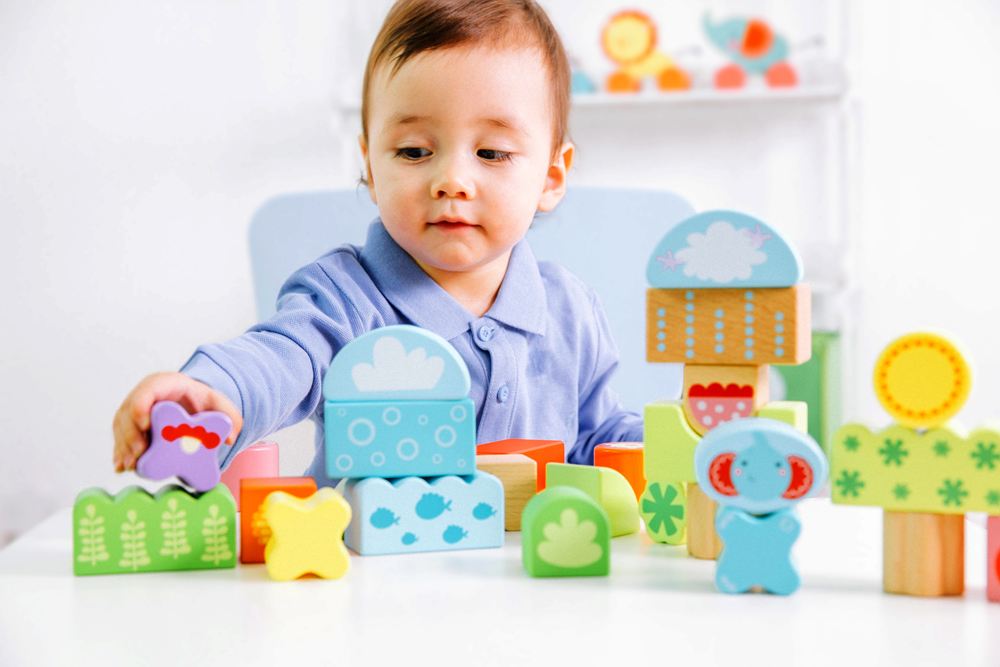
Why Your Grandchildren’s Toys Might Be Dangerous… See More
The joy of watching your grandchildren play is one of life’s greatest pleasures. Their laughter fills the room as they unwrap a new toy, their eyes shining with excitement. You love seeing them happy, and you might have even bought them some of those toys yourself. But what if those very toys—the ones that bring so much momentary joy—contain hidden dangers? What if the colorful blocks, adorable stuffed animals, or popular electronic gadgets pose risks you never imagined?
Today’s toys are vastly different from those you grew up with. They contain more plastic, more electronics, and more small parts—all potential sources of harm. Even toys that appear safe and carry all the appropriate safety labels might hide dangers that aren’t immediately obvious.
One of the most concerning issues is the chemicals found in many modern toys. Phthalates, used to soften plastic, are present in everything from rubber ducks to bath toys. These chemicals can leach out when children chew on toys or when plastic ages and breaks down. Research has linked phthalates to hormone disruption, developmental issues, and even increased asthma risk. While regulations have limited some of these chemicals, many older toys still in circulation contain them, and even newer toys may contain substitutes with unknown long-term effects.
Lead paint, though banned in the United States since 1978, still appears in imported toys—particularly those bought online or from discount stores. Even minute amounts of lead can cause permanent neurological damage in developing brains. The temptation of a bargain toy might come with a terrible hidden cost.
Small parts pose another significant danger. Grandparents often underestimate how determined young children can be when trying to take toys apart. That cute stuffed animal with plastic eyes might seem harmless until those eyes pop off and become choking hazards. Building sets designed for older children often find their way into younger siblings’ hands through well-meaning but misguided hand-me-downs.
Button batteries represent perhaps the most immediately dangerous hidden threat. These small, shiny batteries power everything from talking books to miniature electronic devices. When swallowed, they can become lodged in the esophagus and begin burning through tissue within hours. The resulting injuries can be catastrophic—or even fatal. What makes these particularly dangerous is that children often don’t show immediate symptoms after swallowing them, leading to delayed treatment.
Magnets have become another silent threat in modern toys. High-powered rare-earth magnets, often found in building sets and fidget toys, can cause severe internal damage if swallowed. Unlike single magnets that might pass through the system, multiple magnets can attract each other through intestinal walls, creating holes and requiring emergency surgery.
Even seemingly benign toys can present risks. Latex balloons remain the leading cause of toy-related choking deaths in children. The stretchy material can completely block airways when inhaled. Toys with long strings or cords pose strangulation risks, particularly in cribs or playpens.
The digital age has introduced new concerns. Internet-connected toys may collect personal information about children or even allow communication with strangers. That adorable talking doll might be recording your grandchild’s conversations, while that educational tablet game might be tracking their location.
As grandparents, you play a crucial role in protecting your grandchildren. Start by examining toys carefully before purchasing them. Look for sturdy construction, non-toxic materials, and age-appropriate warnings. Avoid toys with small parts for children under three, and be particularly cautious with toys containing button batteries or magnets.
When toys enter your home, maintain them properly. Check regularly for broken parts, loose eyes on stuffed animals, or exposed wiring in electronic toys. Supervise playtime, especially with new toys, and educate your grandchildren about toy safety as they grow older.
Your experience and wisdom make you uniquely positioned to recognize dangers that parents might overlook in their busy lives. By staying informed and vigilant, you can ensure that the toys you give bring only joy—not hidden risks. After all, the best toys aren’t just fun—they’re safe enough to create happy memories that last a lifetime.